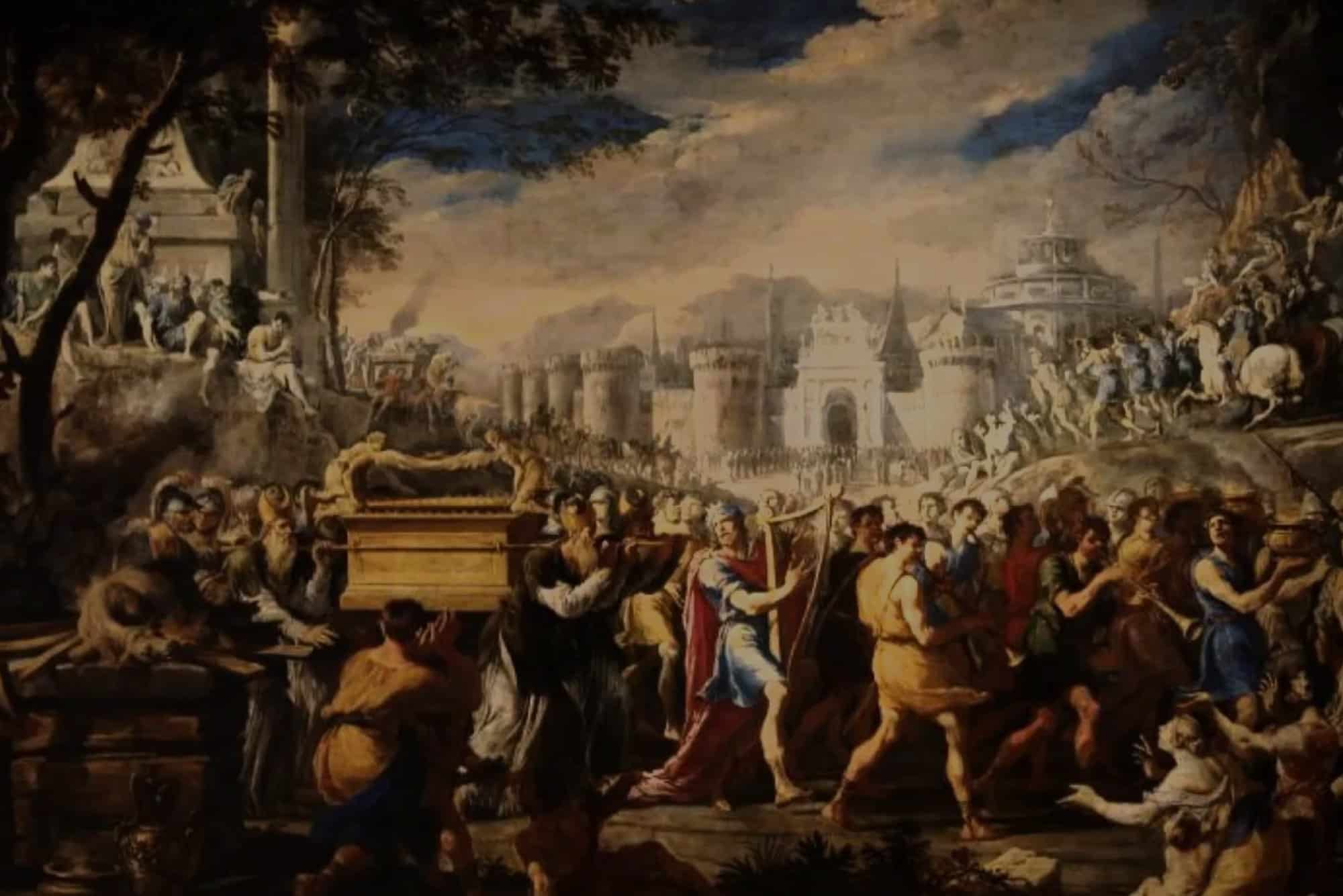One topic that often comes up when discussing biblical regulation of worship is whether the Bible prescribes dance in worship. A careful examination of Scripture leads us to some conclusions.
Several terms in the Old Testament have been translated “dance” by various English translations. Of them, only the term machowl clearly signified artistic movement to music—what we would call “dancing” today. It likely described a kind of Jewish folk dance, always connected in the Old Testament with joyful civil celebrations. This dancing would have communicated joy and exuberance and certainly not any kind of immorality or sexuality. This term is used when Miriam and the Hebrew women celebrate the crossing of the Red Sea (Exod. 15:20), during the national celebration after David defeated Goliath (1 Sam. 18:6), and to describe Israel’s future celebration in the Messianic kingdom (Jer. 31:4).
Only two times does machowl appear in the psalms:
Let them praise his name with dancing,
making melody to him with tambourine and lyre! (Ps. 149:3)
Praise him with tambourine and dance;
praise him with strings and pipe! (Ps. 150:4)
Some suggest that these two commands indicate the appropriateness of dance for corporate worship, particularly because, they argue, both psalms begin with statements indicating the context of corporate worship:
Praise the Lord!
Sing to the Lord a new song,
his praise in the assembly of the godly! (Ps. 149:1)
Praise the Lord!
Praise God in his sanctuary! (Ps. 150:1)
However, examining the rest of both of these psalms makes clear that not everything commanded in them refers to corporate worship; rather, their emphasis is the command to praise the Lord in all circumstances of life. They do indeed command believers to praise God in corporate worship—“the assembly of the godly” and “his sanctuary,” but they also admonish, “let them sing for joy on their beds” (Ps. 149:5) and “let the high praises of God be in their throats and two-edged swords in their hands, to execute vengeance on the nations and punishments on the peoples” (Ps. 149:6–7). Surely these are not mandates to include beds and swords in corporate worship.
In other words, the point of the final psalms of the Old Testament are to encourage believers to praise the Lord in every aspect of life, whether they are participating in corporate worship, enjoying a social event that includes dancing and making melody on the tambourine, sleeping, or executing God’s justice through war. As the final verse proclaims, “Let everything that has breath praise the Lord! Praise the Lord” (Ps. 150:6)!
Dance never appears in the solemn assemblies of Israel’s worship.
Other terms often translated “dance” are words that simply refer to joyful spinning, leaping, and jumping for joy. These could be translated “dance,” but they are not as clear as machowl. Interestingly, the KJV is the most liberal in translating these other two terms as “dance.” Newer translations usually render them as “jump” or “spin.” Even so, there are only eleven occurrences of “dance” in the KJV and far fewer in newer translations.
In 2 Samuel 6, when David brought the ark to Jerusalem, “leaping and dancing before the Lord,” machowl is not used; only other terms appear to describe David’s expressive act. Since the context is God punishing the people (specifically Uzzah) for not following his prescribed instructions for carrying the ark, what David was doing was certainly not an imitation of pagan dance. There is nothing in the text, outside of Michal’s condemnation of David’s act (more on this below), that indicates David’s dance was orgiastic or otherwise pagan in character. Contextually, this seems to be more of a spontaneous leaping for joy because of the safe return of the ark.
Further, even if this is some kind of choreographed, artistic dance, it is the only record of a king, priest, or prophet ever dancing. Michal’s reaction to what David was doing was likely a response to the fact that the victory of bringing the ark to Jerusalem signified everything that was wrong with her father’s rule—it is no coincidence that the author calls her “the daughter of Saul” (2 Sam. 6:16) here instead of “the wife of David”—and everything that was right with David’s rule. This occasion officially marked the transition of rule from Saul’s line to David’s, which displeased Saul’s daughter Michal.
Therefore, dance in the Old Testament appears to be non-sexual, exuberant celebration typically during a national celebration of victory. It never appears in the solemn assemblies of Israel’s worship.




